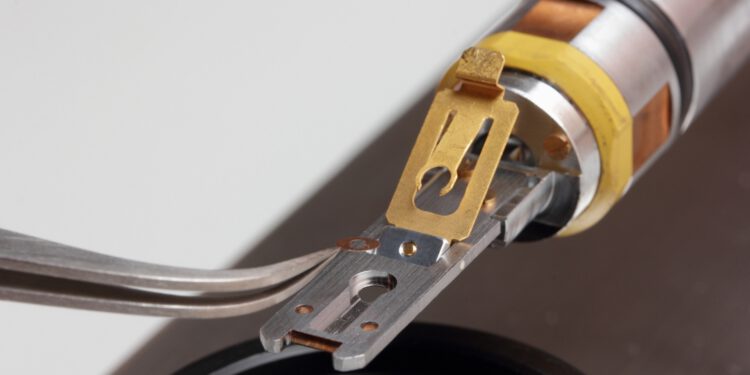By combining artificial intelligence and experimentation, the discovery of new amorphous metals can be 200 times faster.
The alloy of several metals usually results in a rigid material with metallic characteristics. It sounds logical and it is. But there are other types of alloys that, under certain conditions and in the precise quantities, result in a special type of materials, amorphous metals.
These are the so-called metal glasses or vitreous metals. Its structure is not crystalline, unlike that of conventional metals, but disordered. Its properties, however, can become highly appreciated. These include robustness, lightness or corrosion resistance.
Research into new metals of this type has been going on for about half a century. And the problem is that after a fair amount of experiments, only a few thousand of the millions of possible combinations have been tested between metals. And of these, only a few are ultimately usable.
And this is where artificial intelligence comes in. A team of scientists from the U.S. Department of Energy, Northwestern University and the Naional Institute of Standards and Technology have found a shortcut for new metals research. Using a trained AI algorithm, results can be simulated of the different alloys likely to be carried out.
This technique results in a reduction in time and cost when researching new amorphous metals. The team of scientists has managed to discover three new material combinations that form this type of metallic glass. The process has been 200 times fastercompared to how it was done before.
The system created by these scientists is based on an AI algorithm that allows extracting knowledge from huge amounts of data. To get an idea of the volume of work that this software carries out, in the last 50 years research on amorphous metals has tested about 6,000 combinations. Artificial intelligence, on the other hand, has simulated 20,000 alloys in a single year.
The scientists responsible for the project claim that this is just getting started.. They point out that their method can be used in different types of experiments. All you have to do is enter the information into the system so that it learns.
Images: Sergei Golyshev (AFK during workdays), Geralt









